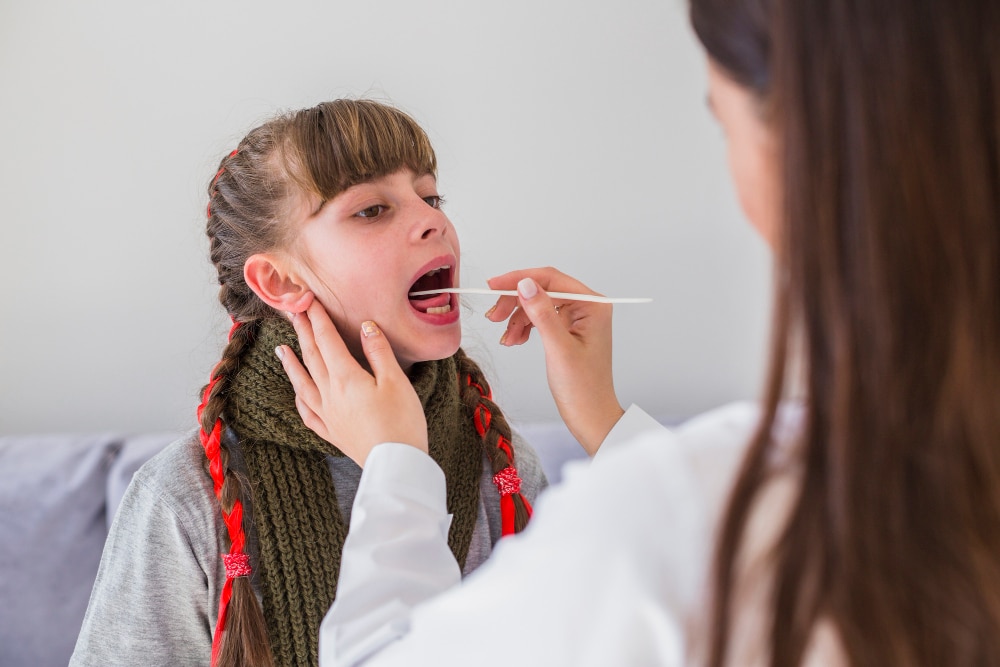Halitosis, commonly known as bad breath, is more than just a social inconvenience; it can be a sign of deeper health issues. Affecting millions worldwide, this condition can arise from various sources such as poor oral hygiene, specific dietary choices, dental problems, or even systemic diseases. Recognizing and treating halitosis is not only crucial for social confidence but also for overall well-being. By understanding its causes, symptoms, and treatment options, individuals can take proactive steps to combat this condition and maintain good oral hygiene. This blog delves into effective strategies to cure halitosis effectively, aiming to restore fresh breath and enhance oral health.
Identifying Symptoms
Recognizing the symptoms is the first step towards addressing this common yet often embarrassing condition.
Recognizing Bad Breath:
The primary symptom of halitosis is a noticeable, unpleasant odor from the breath. It’s often more apparent to others than the individual themselves, and recognizing it is the first step to cure halitosis effectively.
Persistent Bad Taste:
A constant bad taste in the mouth, persisting even after thorough brushing, can indicate halitosis. Addressing this symptom is crucial to improve oral hygiene. GP near me service on Consultdoc can help in providing medical advice from professionals for such symptoms, allowing for prompt and timely guidance.
Dry Mouth and Tongue Coating:
Halitosis is often accompanied by a dry mouth and a coated tongue. These symptoms hinder natural oral cleansing processes, making it important to address them to cure halitosis effectively.
Understanding the Causes
Understanding the root causes of halitosis is key to effective treatment. From oral hygiene habits to systemic health issues, the origins of bad breath are diverse and multifaceted.
Poor Oral Hygiene:
Neglecting oral hygiene leads to plaque and gum disease, both major causes of bad breath. Regular brushing and flossing are essential to remove plaque and maintain overall oral health.
Food and Lifestyle Choices:
Foods with strong odors, smoking, and alcohol can lead to persistent bad breath. Making conscious food choices and lifestyle changes is crucial in the battle to cure halitosis effectively.
Medical Conditions:
Conditions like diabetes and gastrointestinal issues can manifest as halitosis. Treating these underlying medical conditions is often necessary to cure it.
Diagnostic Procedure
Diagnosing halitosis effectively requires a thorough evaluation by a dental or medical professional. This process often begins with a detailed history of the patient’s oral hygiene habits, dietary choices, and lifestyle factors. With online GP registration on Consultdoc, can help patients and provide them with professional guidance from the diagnosis to treatment of this condition. Medical Professionals typically conduct an oral examination to check for signs of gum disease, cavities, or other dental issues that could contribute to bad breath.
Treatment Intervention
Treating halitosis effectively involves a comprehensive approach that includes improving oral hygiene, making dietary adjustments, and possibly seeking medical intervention for underlying conditions.
Prioritizing Oral Hygiene:
The cornerstone of combating halitosis is impeccable oral hygiene. Brushing your teeth twice a day and flossing daily removes food particles and plaque, a sticky film of bacteria that forms on the teeth. If you’re experiencing issues despite good oral hygiene, online ENT consultation on Consultdoc can help in diagnosing any underlying nasal or throat conditions that may contribute to bad breath.
Staying Hydrated:
Dry mouth can contribute to bad breath because saliva is necessary to moisten the mouth, neutralize acids produced by plaque, and wash away dead cells. Drinking plenty of water keeps the mouth moist and helps produce saliva, which is nature’s own cleanser for the mouth.
Diet and Lifestyle Modifications:
Certain foods, such as onions and garlic, contribute to bad breath. After they are digested, their breakdown products are carried in the blood to the lungs, affecting breath. A diet rich in fruits, vegetables, and water can help reduce odor.
Managing Gastrointestinal Issues:
Sometimes, halitosis is a sign of gastrointestinal problems. Conditions like gastroesophageal reflux disease (GERD) can cause stomach acids to flow back into the esophagus, leading to bad breath. Treating the underlying digestive issues can often resolve halitosis.
Preventive Measures
Preventing halitosis is largely about maintaining good oral hygiene and making lifestyle choices that promote overall oral health.
Regular Oral Hygiene:
Consistent oral care, including brushing and flossing, is vital to prevent plaque buildup and cure halitosis effectively. For those who need guidance on improving their oral hygiene routine, an ‘online doctor consultation’ can provide valuable tips and strategies to enhance oral health and tackle bad breath effectively.
Hydration and Diet:
Adequate hydration and a balanced diet help maintain a healthy oral environment and are essential steps to cure halitosis effectively. Drinking water and eating fresh fruits can be particularly beneficial.
Regular Check-ups:
Routine dental visits for cleanings and examinations are critical in identifying and treating issues that cause bad breath.
Lifestyle Modifications:
Quitting smoking and moderating alcohol intake are significant steps toward improving oral health and breath quality. These lifestyle changes can play a crucial role in the prevention of this condition.
Conclusion
To effectively cure halitosis involves a multifaceted approach. It requires understanding and addressing the various causes and risk factors, seeking professional diagnosis and treatment, and implementing consistent oral hygiene practices. This comprehensive strategy not only helps in curing halitosis effectively but also promotes overall oral health. It’s important to remember that while halitosis can be a challenging condition, with the right approach and dedication, it is manageable. Consistent care and attention to oral hygiene can significantly reduce symptoms. Taking proactive steps towards treatment and prevention can lead to significant improvements in quality of life and social confidence.
